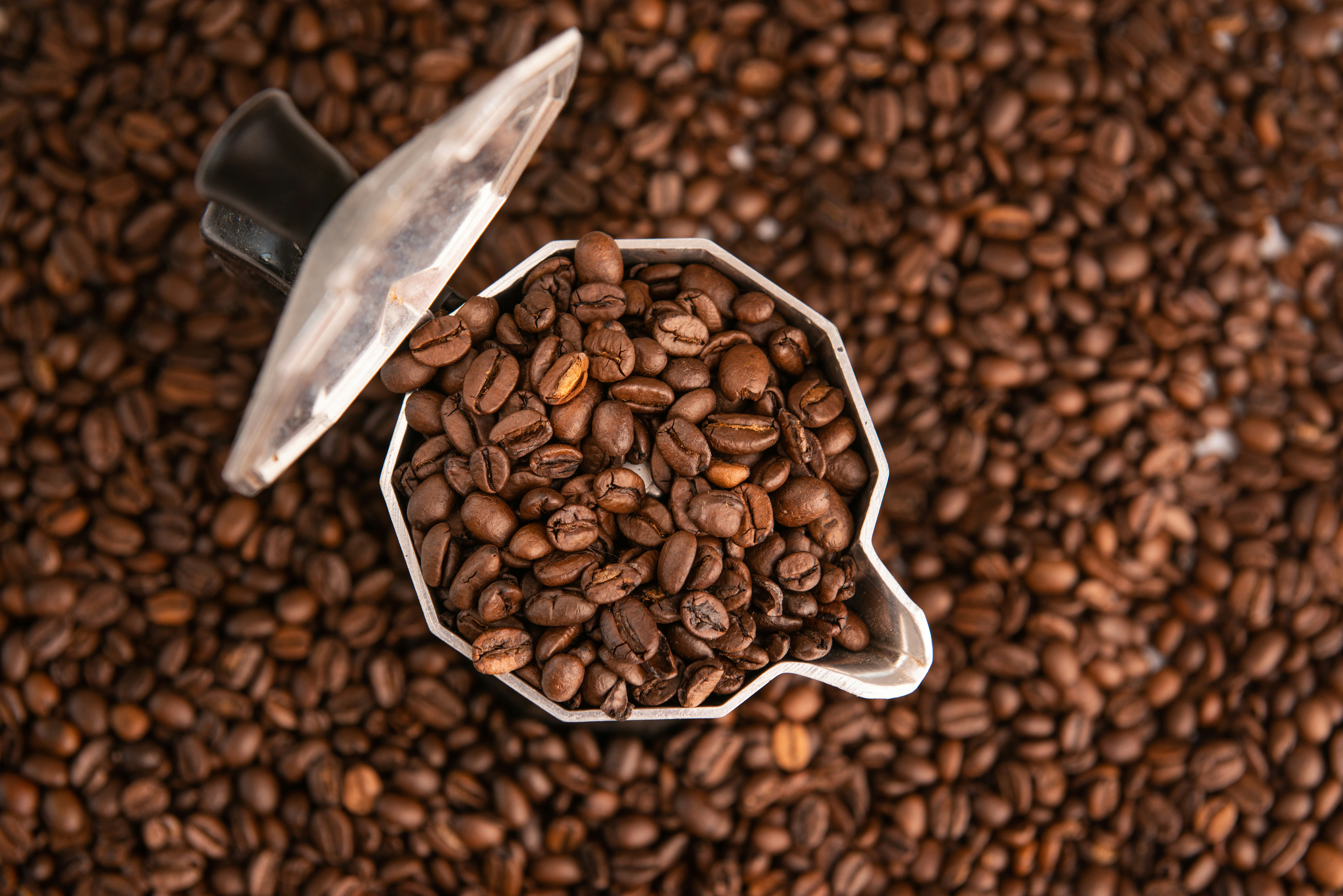The Third Wave of coffee is not just a trend; it's a fundamental paradigm shift in how coffee is grown, processed, roasted, and consumed. It treats coffee as an artisanal food, like fine wine or craft beer, with an emphasis on its unique origin and flavor profile. The movement's core philosophy is one of transparency, aiming to connect the consumer directly with the story behind their cup—from the specific farm and farmer to the exact altitude and processing method.
From Origin to Identity
The most significant departure from the Second Wave is the focus on traceability. It was no longer enough for a coffee to be labeled "from Colombia." Third Wave roasters and cafés began asking for more: What region? What farm? What was the name of the producer? This obsession with provenance changed the commercial nature of coffee entirely.
The result was the rise of "single-origin" as the hallmark of quality. Packaging evolved from simple branded bags to information-rich labels detailing the farm, the coffee varietal (like Gesha or Bourbon), the altitude it was grown at, the processing method used, and, most importantly, specific tasting notes like "jasmine, bergamot, and ripe peach" instead of vague terms like "smooth" or "rich." This wasn't just marketing; it was a promise. A promise that the coffee inside was not a blend designed for consistency, but a unique agricultural product with a character all its own. This created a direct dialogue between the farmer, the roaster, and the consumer.
"The Third Wave asks not *what* coffee is, but *where* it is from, *who* grew it, and *what* it truly wants to taste like."
The Science of Brewing & The Art of the Light Roast

To honor the unique identity of these single-origin beans, roasting and brewing techniques had to evolve. The dark, smoky roasts of the Second Wave, which created a uniform and powerful flavor, were seen as overpowering. They often masked the delicate, intrinsic notes of the bean itself. In response, Third Wave roasters championed the 'light roast' to better highlight the bean's origin characteristics. By applying heat more gently and for a shorter duration, they could preserve the bean's inherent acidity, sweetness, and unique aromatic compounds. The goal was no longer to impart the flavor *of the roast*, but to present the flavor *of the origin*.
This shift necessitated new brewing methods. The automatic drip machine, designed for convenience, lacked the control needed to extract these nuanced flavors. This led to the resurgence and popularization of manual brewing methods. Devices like the Hario V60 (introduced in 2004), the Chemex (originally from 1941), and the AeroPress gained renewed popularity as tools of the trade. Baristas and home enthusiasts alike became quasi-scientists, armed with gooseneck kettles for precise pouring, digital scales for exact ratios, and thermometers for perfect water temperature. Brewing was no longer a simple task; it became a ritual of precision, a methodical process designed to create a transparent canvas for the coffee to express its true character.
